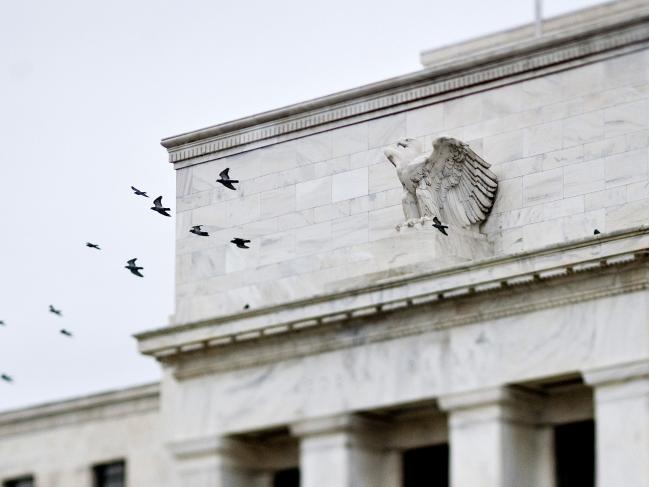(Bloomberg) -- While many expect the Federal Reserve’s Wednesday decision on rates to be a snooze for markets, strategists at Bank of America Corp (NYSE:BAC). are nonetheless mulling surprises that could stir up bond prices.
They see an outside chance that the Federal Open Market Committee’s updated dot plot will signal a 2020 rate increase, an outcome that would flatten the U.S. yield curve and boost the dollar, according to a report from BofA’s Mark Cabana, Michelle Meyer, Ben Randol and Joe Song. To be sure, that’s not what they view as most probable; they think the dot plot will show the Fed on hold next year.
Last week’s surprisingly strong U.S. job data eased worries that a recession will arrive soon, prompting traders to pull back from fully pricing in a quarter-point Fed rate cut in 2020. Before that report Friday, strategists and economists said the central bank might avoid signaling another rate hike for years as it keeps the fed funds rate target unchanged at 1.5% to 1.75%.
“We expect the broader U.S. rates market to have a limited response to the Fed meeting,” given that the median 2020 dot -- or where policy makers believe the appropriate level for rates will be next year -- is likely to be 1.625%, reflecting no move.
If that’s not the case and the median dot increases Wednesday as the Fed reassesses the balance of risks, that “would likely cause some of the easing priced in 2020 to be pared back and for the curve to flatten, in line with the three prior FOMC meetings,” the BofA team wrote. Regarding the U.S. currency, “we think the hurdle for a significant USD reaction on Wednesday is fairly high,” though the risks seem somewhat “skewed toward a hawkish market reaction.”
Along with BofA, Goldman Sachs Group Inc (NYSE:GS).’s base case is for the FOMC’s updated dot plot to show policy on hold next year, and the post-meeting statement to indicate the Fed’s current policy stance is likely to remain appropriate.
Goldman goes further, however, and says there could be surprises in either a dovish or hawkish direction: One would be if more FOMC participants project one rate hike in 2020 or two hikes in 2022. The other might be if the median long-run dot declines from September’s 2.5% level or policy makers see higher inflation as a prerequisite for the next rate hike.
“Beyond the December meeting, we see a high bar for policy moves in either direction,” according to a note by Goldman Sachs (NYSE:GS) economists Jan Hatzius, Alec Phillips, David Mericle and others. They see only moderate changes to the FOMC’s statement and economic projections, and say “the most important question is probably how the refreshed dots will look following the third cut in October.”
(Adds Goldman Sachs’ views in last three paragraphs)
